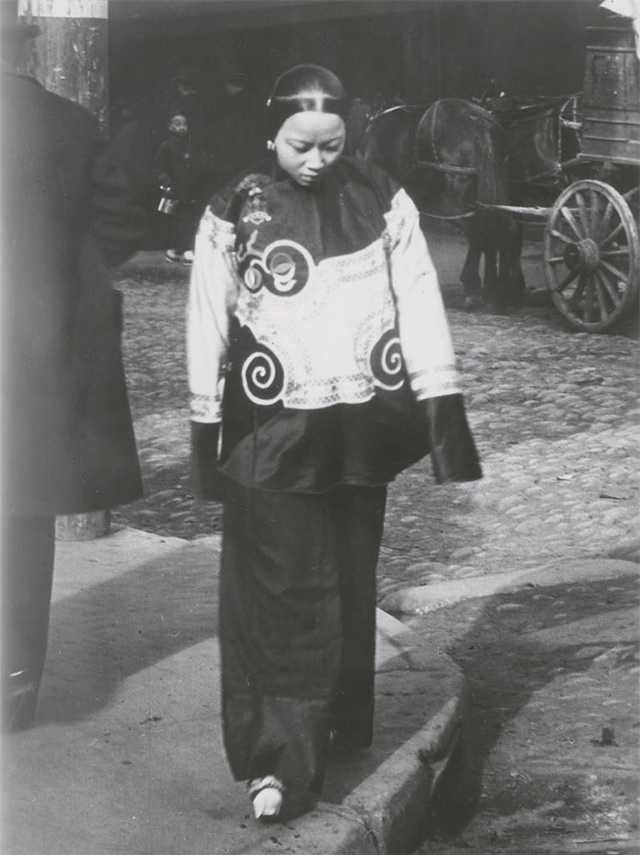Ah Toy

Fascinating and excellent essay about Ah Toy, the Chinese brothel madam in Gold Rush San Francisco, and the anti-Asian racism that impacted her long life in California. An excerpt:
In time, however, operating in the San Francisco sex trade became more and more fraught for the pioneering Ah Toy. More Chinese immigrants began arriving in San Francisco in 1849 and the early 1850s, driven by crop failures at home, as well as by the carnage of the Taiping Rebellion and the Opium Wars. By the end of that decade, there were around 35,000 Chinese in America.
Initially, they were warmly received as much-needed labor, but as the gold ran out, throughout the 1850s, so did the welcome. In fact, anti-Chinese rhetoric had been building for some time, since the 1830s when Chinese immigrants began arriving in other parts of America, but it wasn’t until the 1850s and 1860s that this nativist animus began solidifying into political action and legislation. First came the Foreign Miners’ Tax Acts of 1850 and 1852, which charged foreign miners, most of whom were Chinese, a monthly tax, and accounted for more than half the state’s tax revenue between 1850 and 1870. Other lesser-known special taxes were levied as well, on Chinese fishermen, laundrymen, and brothel owners.
Legislators passed an additional set of local ordinances that did not explicitly single out the Chinese community, but, writes Yung, “obviously were passed to harass and deprive them of a livelihood.” These included the cubic-air law, which prohibited residences with less than 500 cubic feet of air per person; the sidewalk ordinance, which made basket-carrying across the shoulder a misdemeanor; and the queue ordinance, which instructed that hair of prisoners be cut within an inch of scalp, aimed at humiliating Chinese men who, for spiritual reasons, wore their hair in a type of a topknot.
Around this time, Ah Toy began getting called into court, not as a plaintiff, but as a defendant. In 1851, seven hundred “native-born Protestant men” formed the San Francisco Committee of Vigilance to dispense justice outside the government, especially regarding prostitution and other vices, which had previously been unregulated. The vigilance committee was a curious thing, even by the standards of the time. “To law-loving, peaceable, worthy people in the Atlantic States and Europe, it did certainly seem surprising, that a city really of thirty thousand inhabitants… should patiently submit to the improvised law and arbitrary will of a secret society among themselves, however numerous, honest and respectable the members might be reputed,” declared The Annals of San Francisco, a historical document from the time.
The vigilance committee set itself “above all formal law” and “openly administered summary justice, or what they called justice, in armed opposition and defiance to the regularly constituted tribunals of the country,” according to The Annals. Although the committee had no official authority, it received “almost unanimous” support from the respectable San Francisco community, and functioned as a de facto power.


